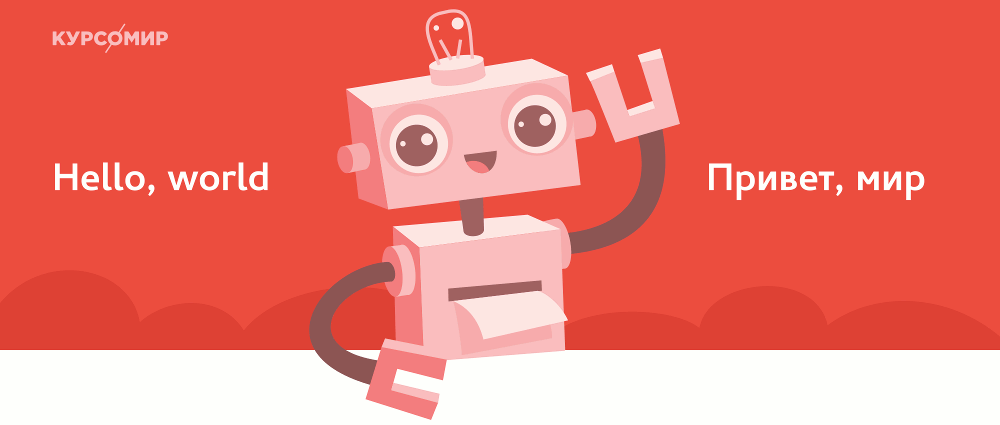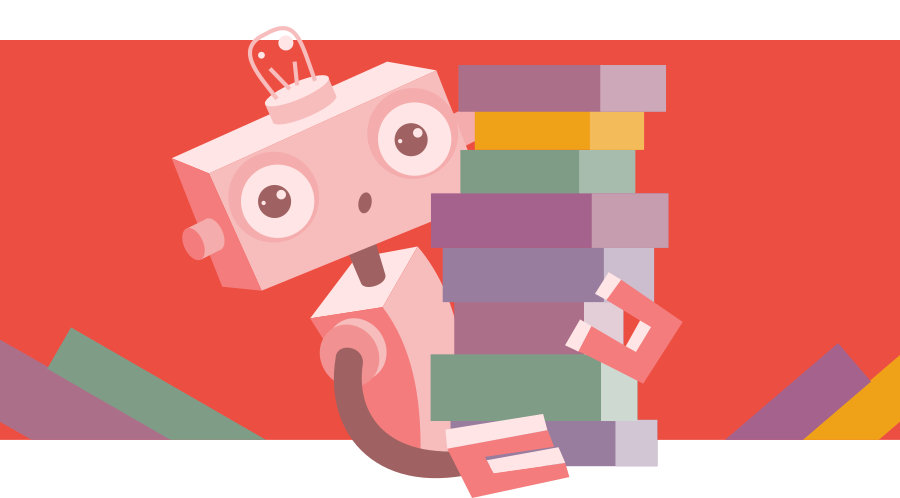MIT Lecture Translations
The story of one educational volunteer project, or how to make a good translation for free and without SMS , which is nice to read.
If you think in terms of long run and you want not only to read, but also to raise the level of education, perhaps in the whole country, then this post is recommended for reading.
TL; DR
')
We are the Kursomir community, we decided to transfer lectures to MIT, one of the leading universities in the world.
Those who want the details - welcome under the cut!

For a start, a little panic. A crisis. Budget cuts. Quality education is becoming more expensive. Refresher courses, learning foreign languages, programming - everything costs a lot of money.
How to develop? How not to degrade, but to be an interesting, useful society, a thinking and creative person?
Probably, almost everyone who is even slightly interested in news in the world of IT education knows that one of the most prestigious universities in the field of information technology and engineering, Massachusetts Institute of Technology (MIT), has made public all materials on engineering and IT courses. .
However, when we checked the MIT website, we were surprised to find that there are no translations of these lectures in Russian, but there are translations into many other languages: Chinese, Vietnamese, Portuguese, even Farsi - choose any. Therefore, it was logical to unite with those people who would like to translate these lectures into Russian. We see our task as facilitating the study of language and lowering the barrier to entry into world science. Quite often it happens that someone already understands (or thinks that he understands) serials in English, but is lost when he sees English in textbooks — simply another vocabulary is used. All our translations are necessarily supplied with glossaries, English terms are indicated, there is a reference to the original sources, so that we do not leave the English text at all: each lecture is accompanied by an abundant number of footnotes and a glossary, where all the terms are given in the original, in English, and explained a translator.
Having formulated such a goal, then we threw a cry into the Universe with a call for network intelligence to unite and translate. And the universe responded. It was not easy to recruit volunteers who would like to combine good with useful, but we did it. And by May, a fully-formed work-flow was formed for the translation of lectures.

There are a lot of courses, the subject is vast - the potential for development and education is enormous.
All courses are in English - and we translate them into great and mighty. We are few, and we "need more people gold."
Who might be interested in:
Development of the platform and related tools for the translation of lectures is conducted in the public domain and can be found here .
So,
As you have already understood, the translation of lectures includes not only the translation itself, but also the involvement of a large number of people in the process, as we want to do not “anyhow,” but with high quality and well thought out. In this connection, we need translators, programmers, latex-makers, as well as designers.
Details with a description of who we are looking for and how to contact us, you will see on our website (you can also see our first translated lectures and courses).

Who are we looking for urgently:
Maker-ups
Desirable:
Layout + a little js (animation, graphics), Jade, Sass, coffeescript, slim, professionally eat cookies.
Not necessary:
jQuery, ES2015, CommonJS (modules)
Assembly - Gulp, Webpack, unprofessional eat cookies
Frontend developer
Experience with React / Angular / Ember / Vue / ect., Martial unicorn management, ES6 / ES7, browserify / webpack, gulp.
Sysadmin
Linux, bash, python, nginx / apache, postgresql,laugh ... chic sharpness on an industrial scale
Bekender-1 qualification
Ruby on rails developer + gitflow + Microsoft Visual Basic + TDD + PostgreSQL
Bekender-2 qualifications (you, guys and girls, we need a lot)
Developer with knowledge of PHP 5.6 / 7, experience in racing in formula 1 (preferably with top places), PSR, TDD standards, experience with Symfony / Laravel / Lumen / etc.
Designers
Standard Package: Ps, Ai, Id; optional: sketch, prototyping services.
Minimum skills (on a five-point scale):
typography (2/5),
Ui / ux (2/5),
Experience with the web (from year)
Want to join our team? Write here: devops@kursomir.ru
And we also have social networks:
In contact with
Facebook
Twitter
If you think in terms of long run and you want not only to read, but also to raise the level of education, perhaps in the whole country, then this post is recommended for reading.
TL; DR
')
We are the Kursomir community, we decided to transfer lectures to MIT, one of the leading universities in the world.
Those who want the details - welcome under the cut!

For a start, a little panic. A crisis. Budget cuts. Quality education is becoming more expensive. Refresher courses, learning foreign languages, programming - everything costs a lot of money.
How to develop? How not to degrade, but to be an interesting, useful society, a thinking and creative person?
Probably, almost everyone who is even slightly interested in news in the world of IT education knows that one of the most prestigious universities in the field of information technology and engineering, Massachusetts Institute of Technology (MIT), has made public all materials on engineering and IT courses. .
However, when we checked the MIT website, we were surprised to find that there are no translations of these lectures in Russian, but there are translations into many other languages: Chinese, Vietnamese, Portuguese, even Farsi - choose any. Therefore, it was logical to unite with those people who would like to translate these lectures into Russian. We see our task as facilitating the study of language and lowering the barrier to entry into world science. Quite often it happens that someone already understands (or thinks that he understands) serials in English, but is lost when he sees English in textbooks — simply another vocabulary is used. All our translations are necessarily supplied with glossaries, English terms are indicated, there is a reference to the original sources, so that we do not leave the English text at all: each lecture is accompanied by an abundant number of footnotes and a glossary, where all the terms are given in the original, in English, and explained a translator.
Having formulated such a goal, then we threw a cry into the Universe with a call for network intelligence to unite and translate. And the universe responded. It was not easy to recruit volunteers who would like to combine good with useful, but we did it. And by May, a fully-formed work-flow was formed for the translation of lectures.
- The translator takes the text of the lecture (carefully scraped by our IT people) and translates it when and where it is convenient for him: word, google doc, notepad or on our platform, raised on the basis of Notabenoid.
- After translation, the lecture gets into our cloud storage, where the editor picks it up and edits it.
- Further, the translation along the chain is checked by the head of the direction and the technical editor for compliance with the terms and definitions.
- For the translation and editing is the final stage, the layout - in the case of textual material, or editing - in the case of video lectures.

There are a lot of courses, the subject is vast - the potential for development and education is enormous.
All courses are in English - and we translate them into great and mighty. We are few, and we "need more people gold."
Who might be interested in:
- Anyone who is connected with IT.
- Anyone who is not affiliated with IT (after all, in addition to IT there are more than 30 most interesting areas of translation)
- Anyone who wants to "tighten" English.
- Anyone whose interests include the grammar of national editorship - yes, you will be able to enter into active struggle against the inarticulate language and verbal poverty with which many scientific texts sin.
- Finally, “professional” readers are easy, you read and leave comments, which, in your opinion, can be improved, you make applications for which courses to translate in the first place - in fact, guide our work and get high-quality translated materials for own study.
Development of the platform and related tools for the translation of lectures is conducted in the public domain and can be found here .
So,
if: ? & ? & , , , ? then Welcome : Information Technology ( ). else , - , — . As you have already understood, the translation of lectures includes not only the translation itself, but also the involvement of a large number of people in the process, as we want to do not “anyhow,” but with high quality and well thought out. In this connection, we need translators, programmers, latex-makers, as well as designers.
Details with a description of who we are looking for and how to contact us, you will see on our website (you can also see our first translated lectures and courses).

Who are we looking for urgently:
Maker-ups
Desirable:
Layout + a little js (animation, graphics), Jade, Sass, coffeescript, slim, professionally eat cookies.
Not necessary:
jQuery, ES2015, CommonJS (modules)
Assembly - Gulp, Webpack, unprofessional eat cookies
Frontend developer
Experience with React / Angular / Ember / Vue / ect., Martial unicorn management, ES6 / ES7, browserify / webpack, gulp.
Sysadmin
Linux, bash, python, nginx / apache, postgresql,
Bekender-1 qualification
Ruby on rails developer + gitflow + Microsoft Visual Basic + TDD + PostgreSQL
Bekender-2 qualifications (you, guys and girls, we need a lot)
Developer with knowledge of PHP 5.6 / 7, experience in racing in formula 1 (preferably with top places), PSR, TDD standards, experience with Symfony / Laravel / Lumen / etc.
Designers
Standard Package: Ps, Ai, Id; optional: sketch, prototyping services.
Minimum skills (on a five-point scale):
typography (2/5),
Ui / ux (2/5),
Experience with the web (from year)
Want to join our team? Write here: devops@kursomir.ru
And we also have social networks:
In contact with
Source: https://habr.com/ru/post/395073/
All Articles